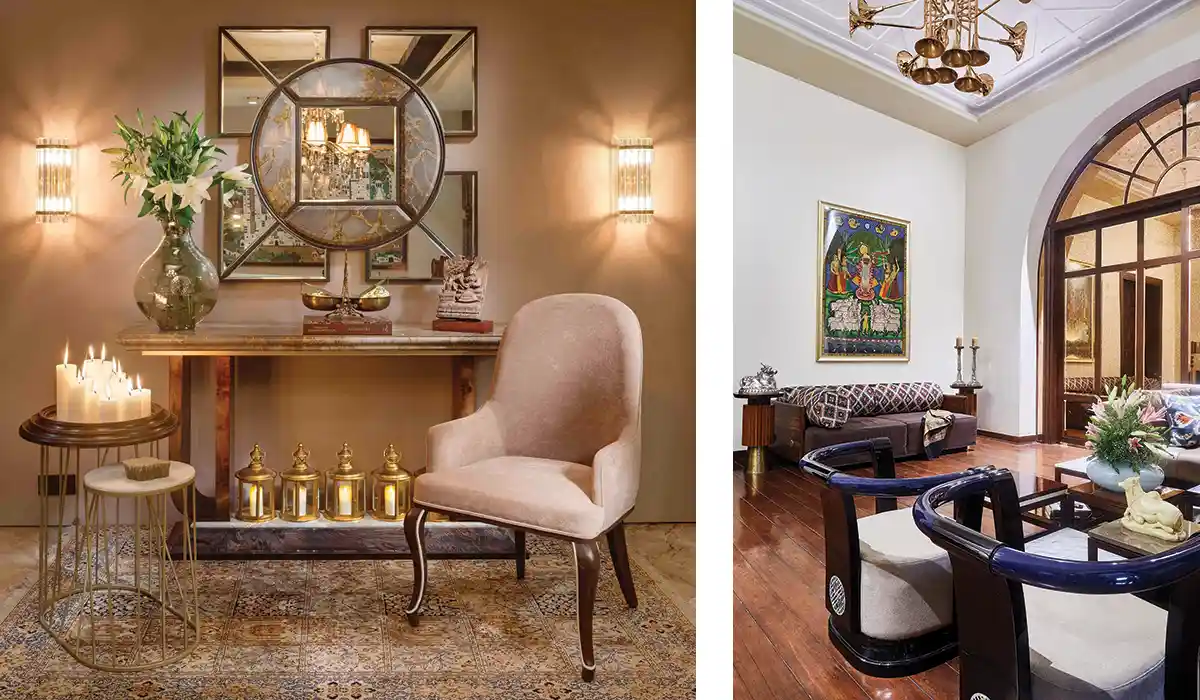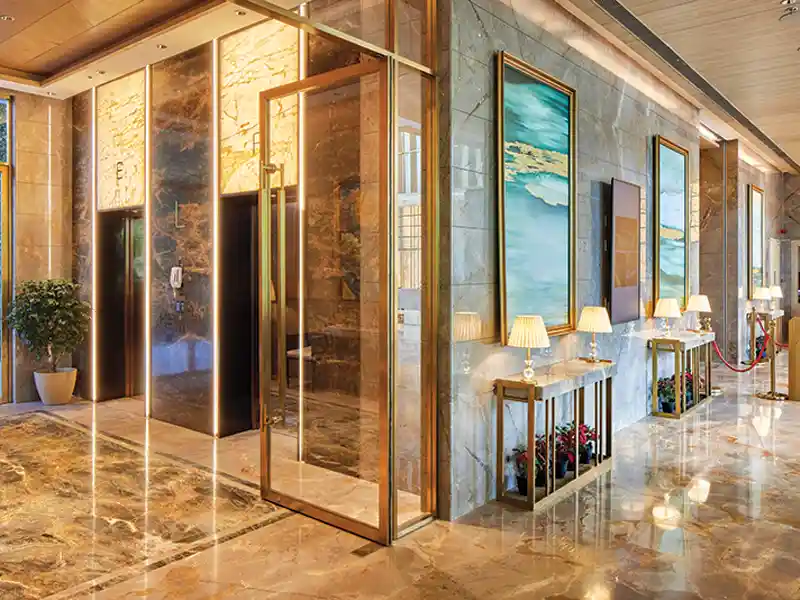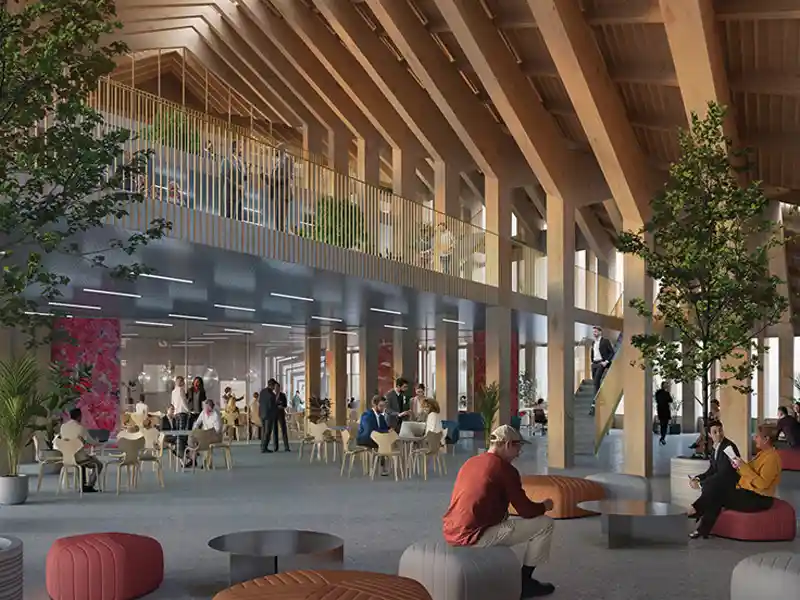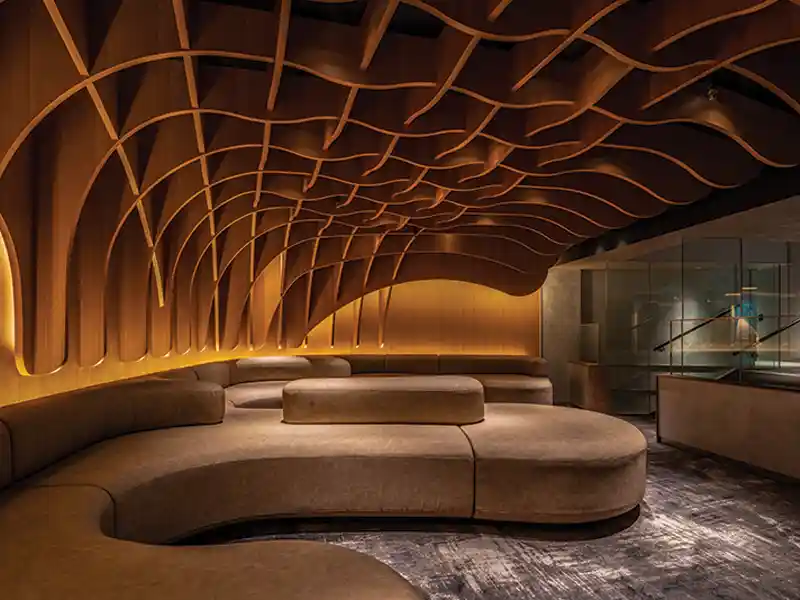
Research from various sources suggests a significant disparity between men and women in the architecture and design industry. While it is difficult to comment on exact numbers, it is clear that there are fewer women in the field than men, and the reasons for this vary. It is important to note that women in design are making a significant impact, despite being a minority. They are often strong-willed, opinionated, and determined individuals, who are here to stay and make their mark.
Like women in many other industries, those in design have often faced challenges in being seen as equal to their male counterparts. While progress has been made through women empowerment campaigns, education, and awareness-raising efforts, there is still a long way to go. Today, women designers are respected in their profession, and their contributions to society are notable. So, it is important to look beyond the numbers and recognize the significant impact that women in design are making today.

Advancements in technology and automation have made life simpler for everyone, regardless of gender. This has also opened up new possibilities for women in the industry, allowing them to work more efficiently and creatively. As the industry continues to evolve, there is no doubt that women will play a significant role in shaping its future.
For women considering a career in architecture and design, it is important to focus on building a strong educational foundation and honing their skills. Hard work and determination are essential qualities to have in this field, and women should not be afraid to share their ideas and perspectives with the world.
From a policy perspective, the government can play a significant role in ensuring the inclusion of women in the industry. This can be achieved by strengthening legal systems to discourage and eliminate any kind of discrimination and gender bias. Setting positive examples through community practices and societal attitudes is also an effective way to bring about change. Active participation and involvement of both men and women in any organization is vital to success.
Companies that adopt women-friendly policies will promote inclusivity and provide equal opportunities for growth. Inclusive hiring practices and a fair work environment are essential for women to thrive in the industry. It is important to acknowledge the achievements of women in the industry and respect their voices and perspectives. By working together, we can create a more equitable and diverse industry for all.















